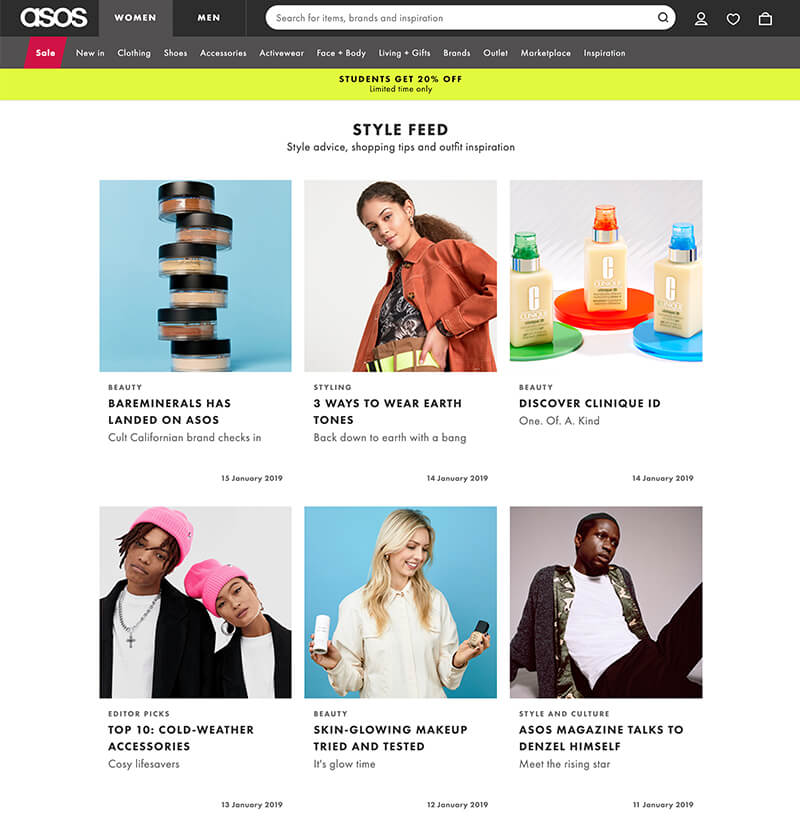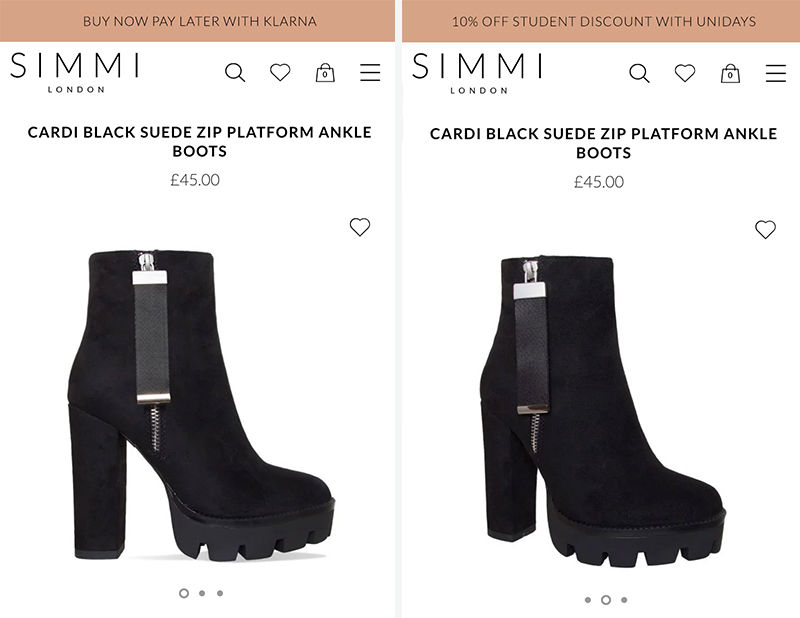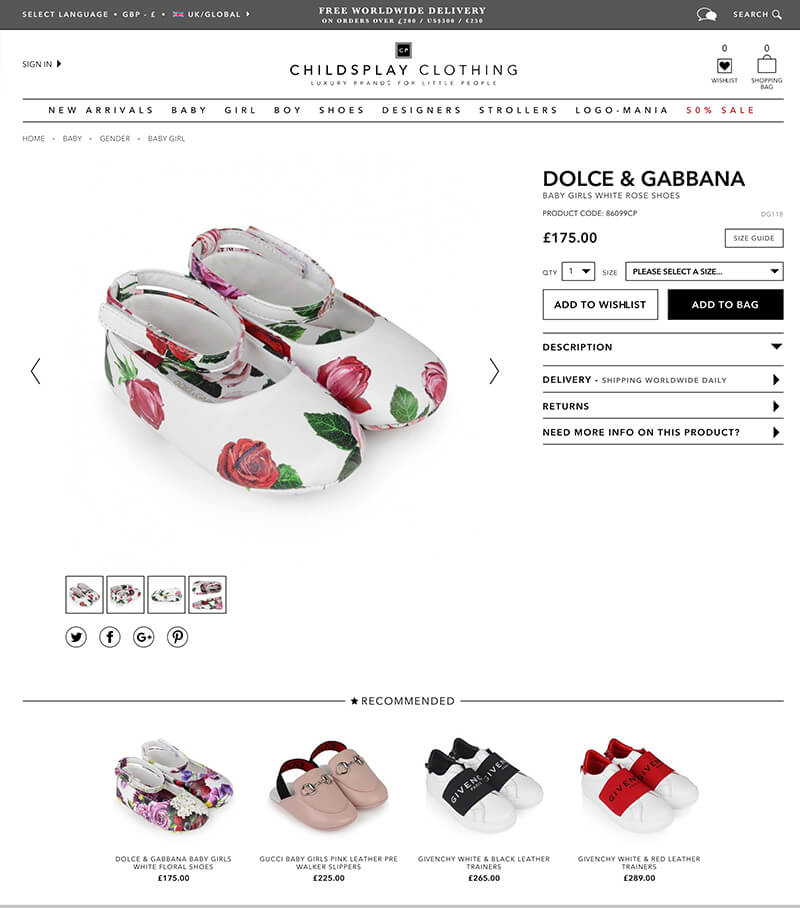3 Golden Rules for Stand-out Fashion Websites

In a vertical where competition is this fierce, make sure your site is best-in-class. Here are our 3 rules to help you lead the way.
#1 Show that you ‘get’ your customer (and know their journey)
Regardless of the latest innovations, platform features, and tomorrow’s trends. Understanding your customer and their experience has always been critical – today we have a shopping experience that’s changed entirely from what it once was, but human nature remains the same.
Here’s a whistlestop tour of the key stages in the buyer’s journey:
1. Awareness Stage
Hopefully you already have a good idea of who your ideal customer is – you think of them as human beings, have evidence of what makes them tick, where (else) they shop, and what they search for most online.
But most important to know is their problem, their pain. Get to grips with this, and with exactly how your product is the solution – put that across clearly, and they’re in. Thousands of new products are launched every year, around 90% of them fail – and mostly because, frankly, they’re pointless. Not enough customers see the point of buying them.
2. Consideration Stage
Before adding to basket, today’s customer is on it with the research. You might have heard of some companies who’re big on this – Apple, Ikea, ASOS – just 3 of the many giants out there reaping the rewards of stuffing their site experience with education. Their marketers are dishing out industry news, trend reports and product guides to customers and engaging them with social that’s destined for sharing.

The ASOS Style Feed is stacked with tips and inspiration
3. Purchase Stage
It’s at this crucial moment that the demand for trust swerves in front. Your customer needs to feel in safe hands, certain they’re in the right place. So, by this point, your brand needs to have built a firm connection with them.
‘Social proof’ is one way. That’s the Psychology world’s term for how we like to know that others have made the decision that we’re about to. So here think reviews, social sharing, case studies, testimonials – have clues everywhere that this is a road both trodden and loved.
3. Customer Retention
Existing customers tend to spend more than new ones, so big businesses always have at least one eye on driving loyalty. The trick is in making your site, along with other channels you use, enticing enough, so that even in today’s content-drenched world, your message is just impossible to ignore.
#2 Communicate through imagery
Good quality website imagery has the ability to get our attention, trigger our emotion, and ultimately compel us to buy.
The old adage ‘a picture paints a thousand words’ is actually a useful metaphor when explaining the importance of good quality imagery for your fashion website. Good quality, detailed product imagery will, without doubt, play a key role in your site’s performance.

In eCommerce marketing, there tends to be a disproportionate focus on attracting new customers for a purchase, than there is in getting the most from each transaction. Clever use of imagery positioning on your website can serve to increase the Average Order Value of each visit. Take a look at the ChildsPlay site. Here, if you click on a product, they present you with imagery and pricing for recommended and relevant products you might like.

#3 Build a Community
First of all, recognise the difference between audience and community. Audience is one-way, it’s talked at. It’s not interactive or social. And, crucially, an audience doesn’t share with others.
On the other hand, a community is a living and breathing thing, with interaction at its core. Some people in the community might want to just watch, but others will get involved and share with others.
Here, content is key. We’ve written on the power of quality content before, but crucially for fashion sites, the vital thing to remember is to make sure your content isn’t all about your products, but is consistently what your audience wants to read and learn about. And communicate often, building momentum with regular posting is crucial.
Create content that your audience will share. What makes sharable content? That’s a vital question all marketing teams should be striving to answer, and general rules include:
- Headlines really matter: go catchy, simple, and make sure they grab attention
- Use imagery: think photos, videos, and gifs. Posts with imagery continue to be shared more, across social platforms
- Get clever with hashtags: ask, what hashtags will my audience actually search. Remembering, Instagram’s the platform where multiple hashtags are more widely accepted